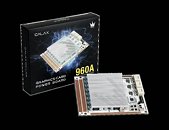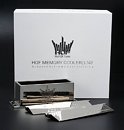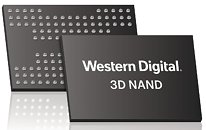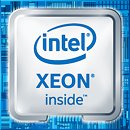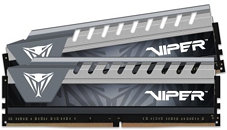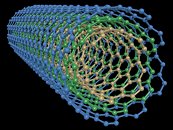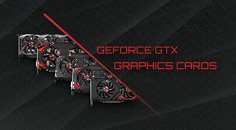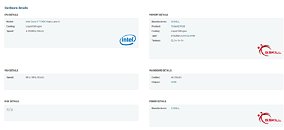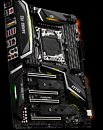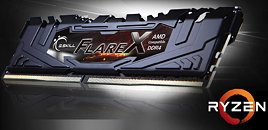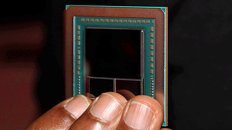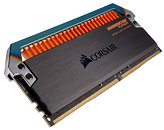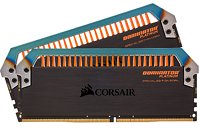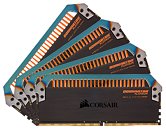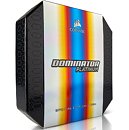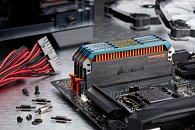
SanDisk Announces a 400GB microSDXC Card
Western Digital Corporation, a global data storage technology and solutions leader, today announced its 400 GB SanDisk Ultra microSDXC UHS-I card, the world's highest-capacity microSD card for use in mobile devices. Two years after introducing its record-breaking 200 GB SanDisk Ultra microSDXC card, Western Digital has doubled the capacity within the same tiny form factor. Keeping up with the demands of today's mobile-centric lifestyle, the new SanDisk microSD card provides consumers with the freedom to capture, save and share photos, videos and apps, and enjoy offline content - all without worrying about storage limitations.
"Mobile devices have become the epicenter of our lives, and consumers are now accustomed to using their smartphones for anything from entertainment to business. We are collecting and sharing massive amounts of data on smartphones, drones, tablets, PCs, laptops and more. We anticipate that storage needs will only continue to grow as people continue to expect more sophisticated features on their devices and desire higher quality content," Jeff Janukowicz, research vice president, IDC. "We estimate mobile device users worldwide will install over 150 billion applications alone this year, which require a ton of memory on all of our favorite devices."
"Mobile devices have become the epicenter of our lives, and consumers are now accustomed to using their smartphones for anything from entertainment to business. We are collecting and sharing massive amounts of data on smartphones, drones, tablets, PCs, laptops and more. We anticipate that storage needs will only continue to grow as people continue to expect more sophisticated features on their devices and desire higher quality content," Jeff Janukowicz, research vice president, IDC. "We estimate mobile device users worldwide will install over 150 billion applications alone this year, which require a ton of memory on all of our favorite devices."





